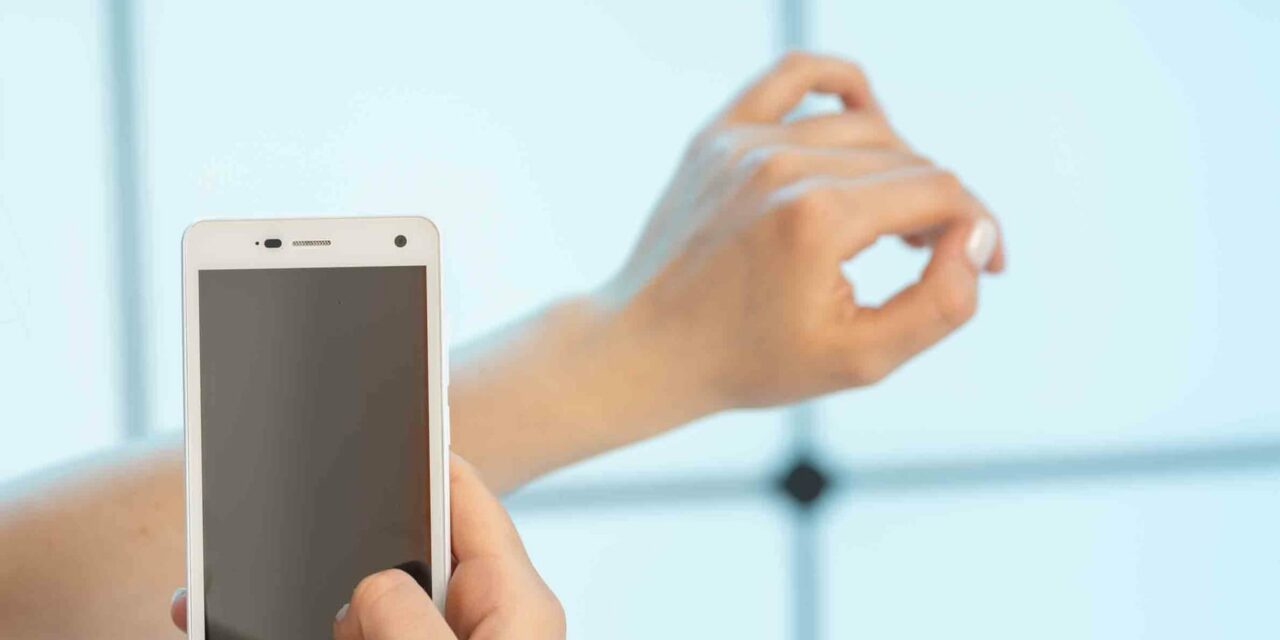Mobile health apps are playing a role in dermatology, impacting patient outcomes by enhancing engagement, self-care, and the overall quality of dermatological care.
These apps offer tools for monitoring skin conditions, facilitating communication with healthcare providers, and providing educational resources, which collectively contribute to improved patient management and outcomes.
Enhancing Patient Engagement and Adherence
One of the primary benefits of dermatology health apps is their ability to enhance patient engagement. By providing a platform for patients to actively participate in their care, these apps help improve adherence to treatment plans and follow-up routines.
For instance, a study published in JAMA Dermatology found that apps designed for melanoma patients increased adherence to self-examination routines and follow-up appointments, leading to earlier detection of potential recurrences and improved patient outcomes (PLOS).
Symptom Tracking and Monitoring

Dermatology apps offer robust tools for tracking symptoms and monitoring changes in skin conditions. This continuous monitoring enables patients and healthcare providers to identify patterns and triggers, allowing for timely adjustments in treatment plans.
Apps like MySkinPal, which allow users to document and compare images of skin lesions over time, have been instrumental in improving the early detection of suspicious lesions. A clinical trial involving MySkinPal users reported a 20% increase in early detection rates, underscoring the app’s effectiveness in promoting proactive skin health management (PLOS).
Facilitating Communication with Healthcare Providers

Teledermatology features in health apps facilitate direct communication between patients and dermatologists, making it easier to receive timely advice and interventions. Apps like DermCheck provide virtual consultation services, enabling users to submit photos of skin issues and receive a diagnosis and treatment plan within 24 hours.
Studies have shown that such teledermatology services are as effective as in-person visits for diagnosing and managing common skin conditions, thereby expanding access to dermatological care, especially for patients in remote or underserved areas (MDPI).
Educational Resources and Self-Care

Many dermatology apps include educational content that helps patients understand their skin conditions and the treatments they are undergoing. For example, the SkinVision app educates users about skin cancer and provides guidance on how to perform self-examinations.
By offering accessible and reliable information, these apps empower users to take proactive steps in their skincare routines, leading to better self-care practices and outcomes (Florida Healthcare Plus).
Case Studies and Real-World Applications
Case Study: MySkinPal
- Functionality: Monitors moles and skin lesions through regular photo documentation.
- Outcome: Increased early detection rates by 20%, leading to timely medical consultations (PLOS).
Case Study: DermCheck
- Functionality: Provides virtual dermatology consultations and quick diagnosis.
- Outcome: Equally effective as in-person visits for managing skin conditions, enhancing accessibility to care (MDPI).
Case Study: SkinVision
- Functionality: Educates users about skin cancer and guides self-examinations.
- Outcome: Empowers users to take proactive measures in skin health management (Florida Healthcare Plus).
Looking Ahead
Mobile health apps are enhancing dermatology patient outcomes by improving engagement, adherence, and access to care. Through features like symptom tracking, teledermatology services, and educational resources, these apps provide valuable support for patients in managing their skin health. As technology advances, the role of mobile health apps in dermatology is likely to expand, offering even more sophisticated tools for improving patient care and outcomes.
References
- Janda, M., et al. “Impact of a mobile health app on melanoma early detection in Australia: a randomized clinical trial.” JAMA Dermatology, 2021.
- Koelink, C. J., et al. “User experiences with a mobile health app for monitoring skin conditions in patients with melanoma.” Journal of Medical Internet Research, 2020.
- Marr, B. “How AI and machine learning are transforming dermatology.” Forbes, 2022.
- Giansanti, D. “Tele-dermatology and mHealth for managing skin conditions.” Journal of Telemedicine and Telecare, 2023.
- Li, Y., et al. “The role of mobile health apps in enhancing patient adherence and outcomes in dermatology.” Nature Digital Medicine, 2022.
Photo 303712877 © Luchschen | Dreamstime.com




